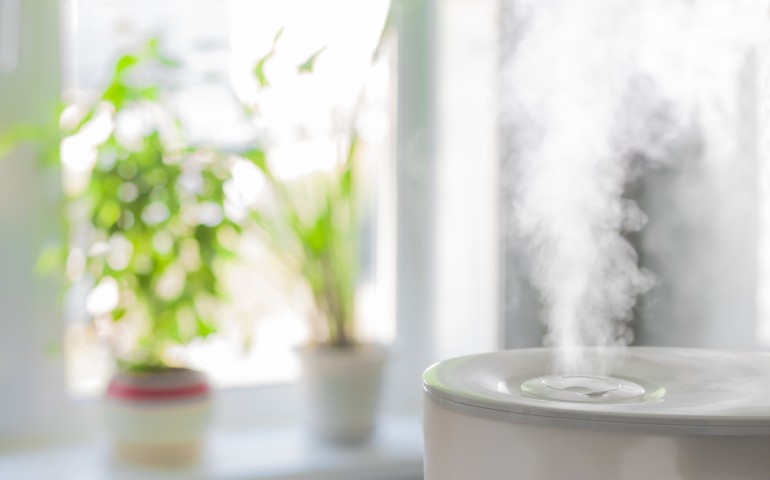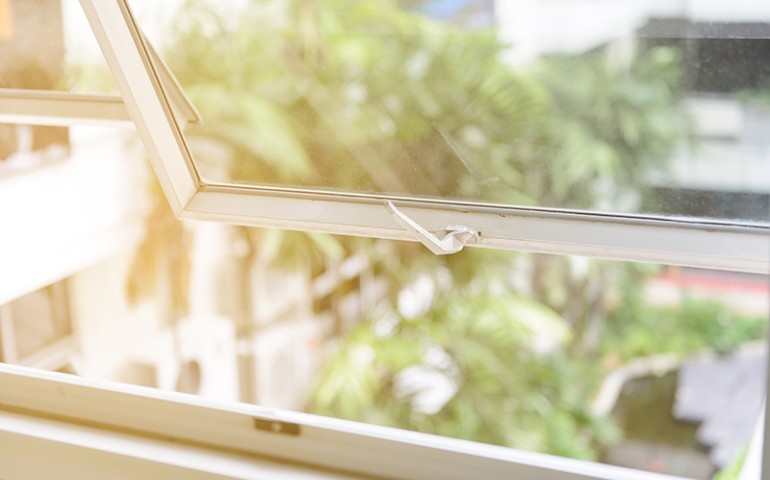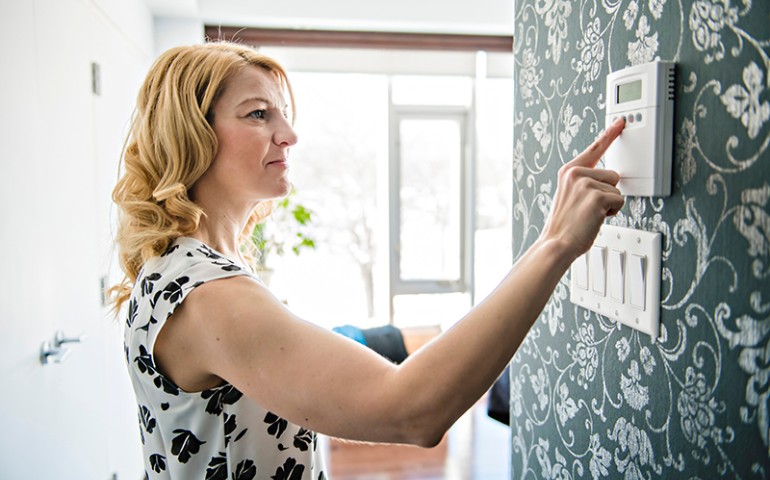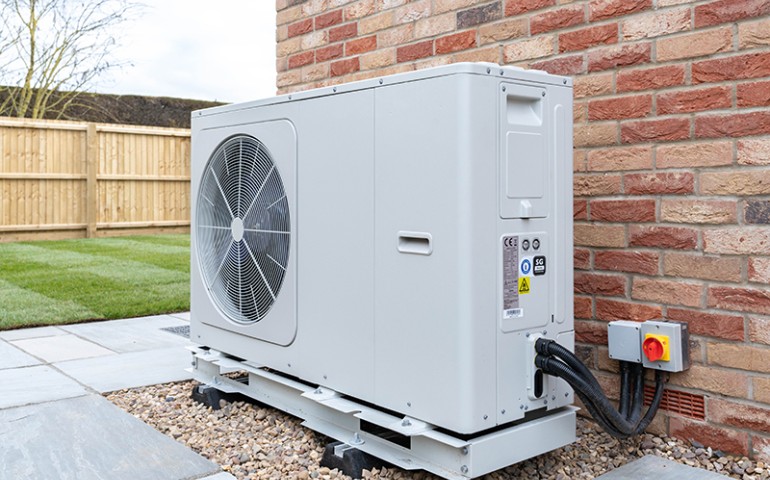A home's thermostat is something that most don't think of when it comes to vital equipment. And it shouldn't be because it can allow you to save a lot of money when it is working right.
Like most things, thermostats have evolved in the last few years. You might still have those old rounded dial models that continue to work without issues. With a simple and inexpensive upgrade, the benefits can be huge. This is especially true if you're changing from a manual thermostat to a programmable one.
Your Energy Bills Will Be Lower
This is not a salesman’s pitch. By changing from a manual thermostat to a programmable one, your system can save between 5-15% a year. This savings is only on your energy bill! There are even more savings in store for you. This not sounding like much. But, it is the amount you'll need to pay for the installation of a new thermostat. In the long run, your system will begin to save you money.
The Temperature Adjusts When You Need It To
One of the main benefits of having a programmable thermostat is the fact that you only need to program it once. After that, it will do the adjustments by itself. It's great to have the home at the same temperature when you wake up and when you go to bed. You won't even having to worry about it.
More Information On Your HVAC System
The old thermostats can only show you the temperature in your home. With new programmable models, you can see a lot more useful information. You can see when you have to change the filters, for example. Plus you can receive alerts when there is a problem with the system itself.
Business hours
We offer 24 hour emergency service! Please call (847) 792-1019.





